Students Explore Minnesotans Who Broke Barriers in Politics and Theater
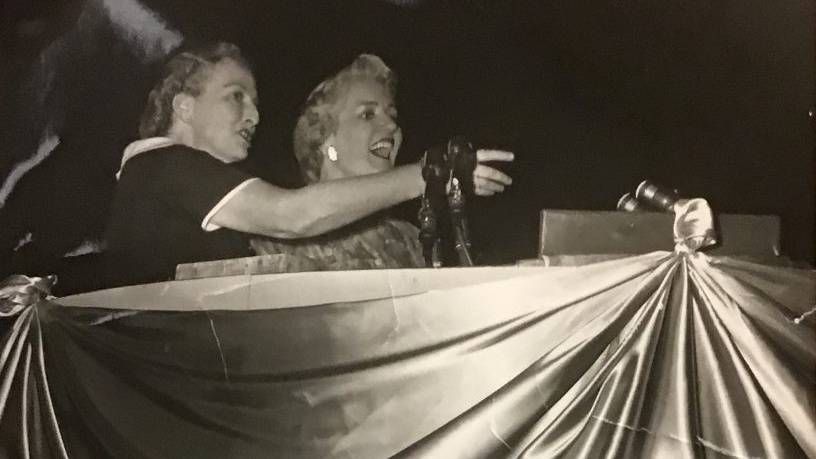
Twin Cities PBS sponsored two National History Day prizes, one of which is based on our initiative, Moving Lives Minnesota, which is aimed at sharing stories of origin and immigration, understanding where we came from, and building connection and empathy. The Moving Lives Minnesota Prize recognizes entries related to Minnesota stories of family heritage, community, origin and migration under the larger National History Day theme of "Breaking Barriers." In this prize category, students were encouraged to examine Minnesota history through personal or intergenerational stories. We asked the two prize winners some questions about their experience working on the project and what surprised them during the process.
Bryn Hansen was awarded the senior division prize for her individual website about Coya Knutson, the first woman from Minnesota elected to the U.S. House of Representatives. Along the way, Bryn discovered that Knutson broke "this barrier by proving herself first as a state representative for two terms and then winning a seat in the U.S. House of Representatives in 1954."
To view Bryn's project, visit her National History Day Website: BREAKING BARRIERS IN HISTORY | Coya Knutson: Breaking Barriers for Women in Politics
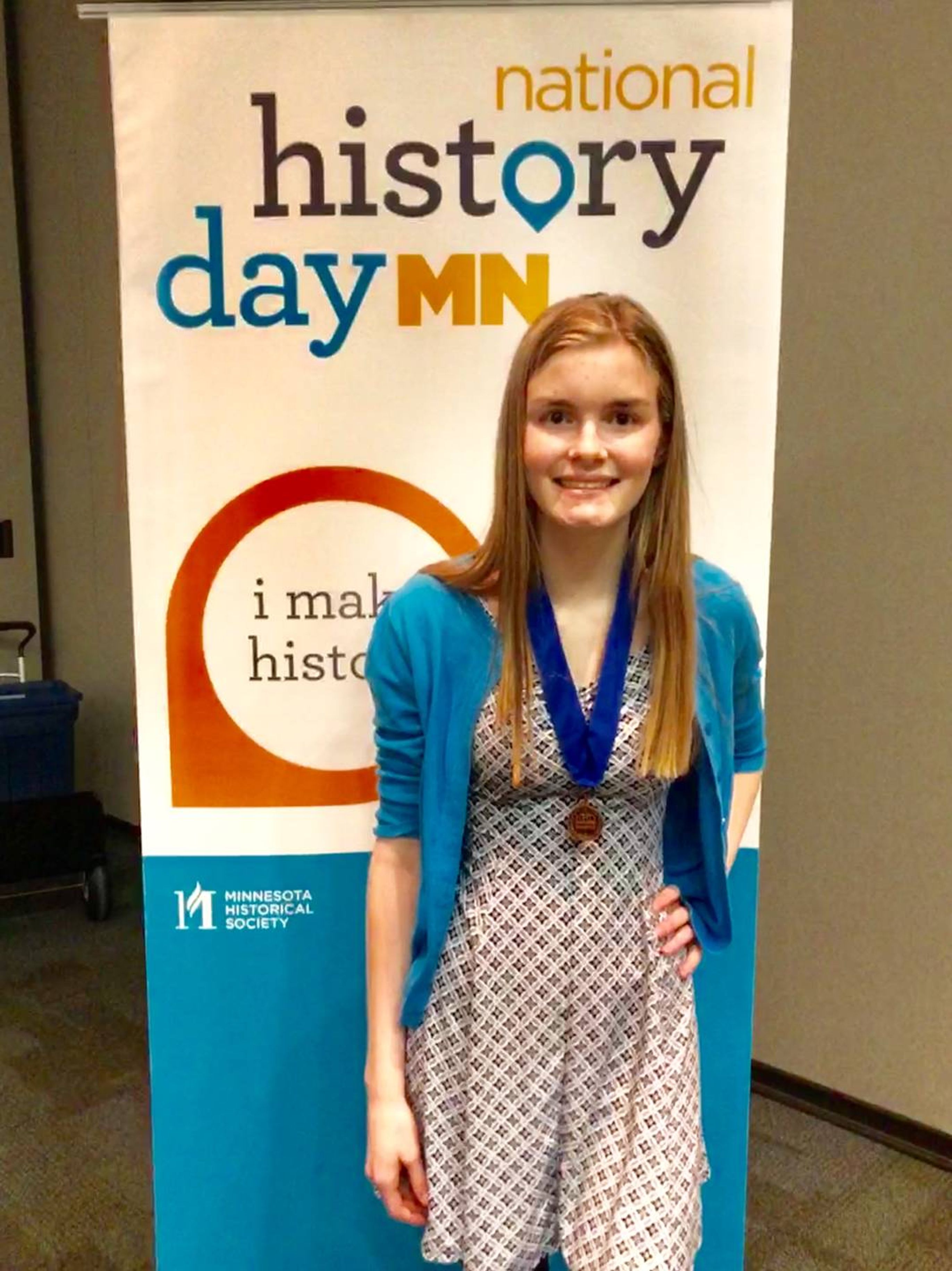
"I learned a lot through my National History Day project, not only about my subject, but about researching and presenting information. I wanted to do my project on a subject that had to do with breaking barriers for women and hoped to find someone who had broken barriers from Minnesota, or at least the Midwest. Coya Knutson was on a list of possible topics, and, I must say, her story intrigued me! Coya Knutson was a true pioneer for women in politics and a remarkable public servant from Minnesota who broke through gender role barriers during the 1950s. I really liked presenting my topic through a website because I was able to use and display information from a variety of sources, including websites, books, Coya’s personal papers and photos from the MHS Gale Library, and of course, the interview on TPT with Coya’s son, Terry."
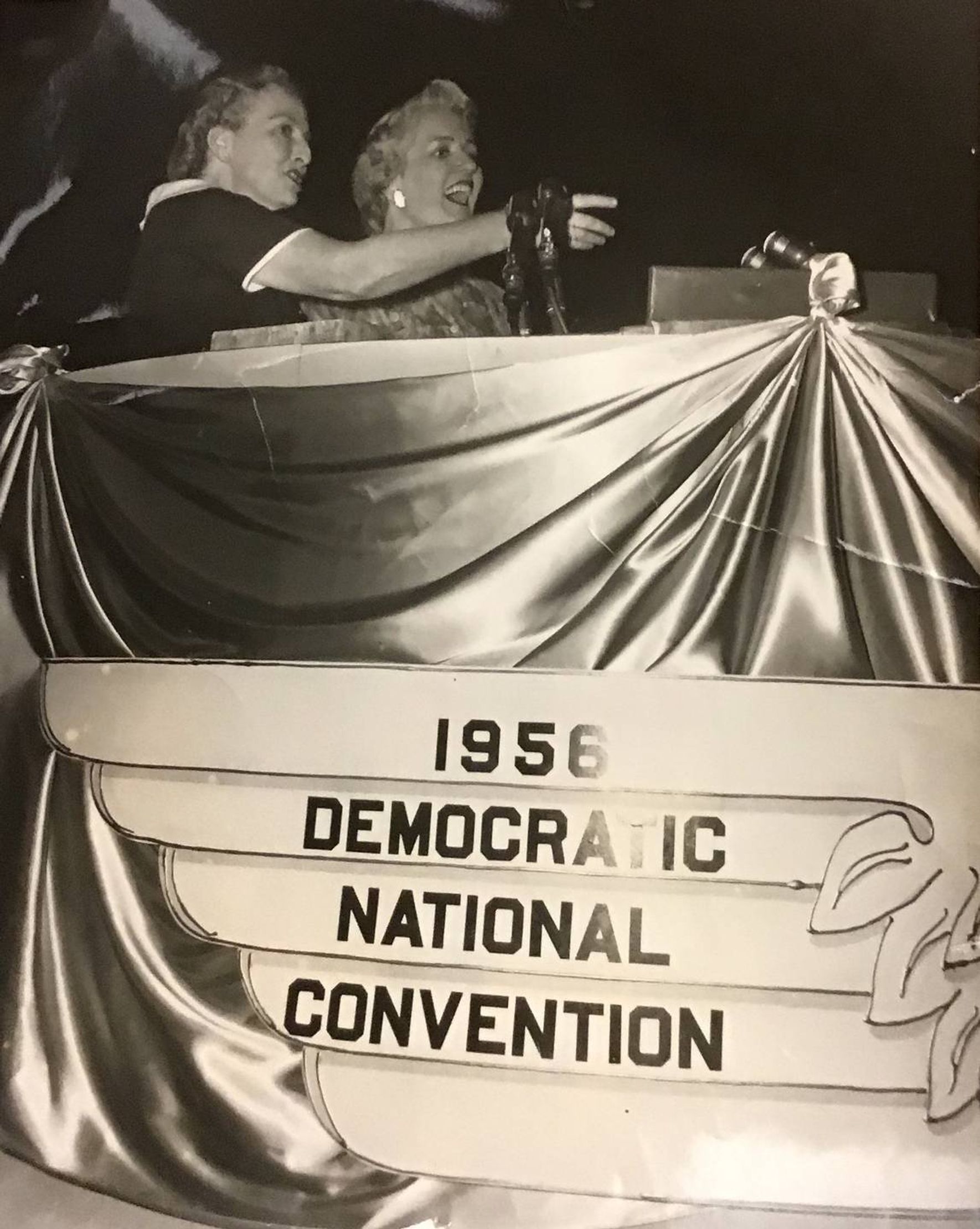
"Throughout the process, I was surprised at how big the NHD competition is. There were so many good presentations! It was my first time competing at National History Day, and the regional competition at the U of M was very exciting. The judges and teachers were really enthusiastic and helpful, too. They gave me specific advice on how to improve my project and provided guidance on the rules for the presentations.
The most rewarding aspect of this project was learning about Coya’s life and the challenges she and other women faced in trying to achieve outside the home in the 1950s. Coya was able to accomplish so much in Congress despite these obstacles, as well as dealing with family problems, through her passion and perseverance. Coya Knutson created a legacy of resilience and courage that helped pave the way for women in politics and inspired generations of young Minnesotans."
Lucy Heagle was awarded the junior division prize for her individual documentary, The Penumbra Theatre: Giving a Voice to the Silent on Stage. Her piece focused on how The Penumbra Theatre broke barriers because the organization was "founded at a time when change was demanded. They display that drive and sense of community every day in their work as they inspire people to take pride in who they are," Lucy said.
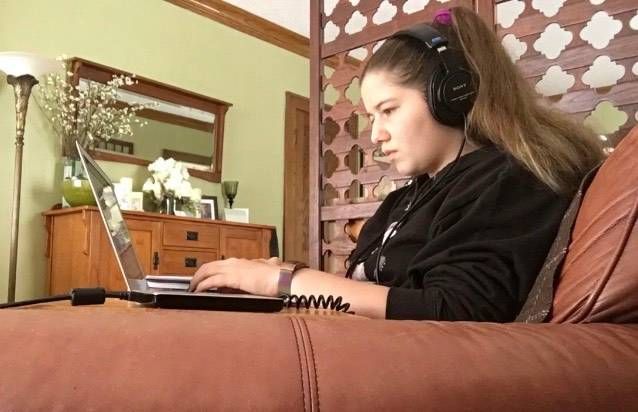
"This was my second time doing this project, but my first time doing it alone. Last year, I could split the work with someone else, but this year I had to do everything by myself. It's a very stressful process, but it's also very rewarding. You have to learn how to manage your time really well, how to contact people and conduct an interview, and research very specific topics - all of these skills have made it easier to research and plan for other projects at school.
I found that the process of making the project with every component that is required is tiring and stressful, but pays off in the end. Seeing that your project is great compared to everyone in the state is exhilarating. The nice thing is you get to pick a topic that is interesting and important to you. Whether it be a piece about the Civil Rights Movement or the invention of the microwave, each kid gets to pick what they want to learn about."
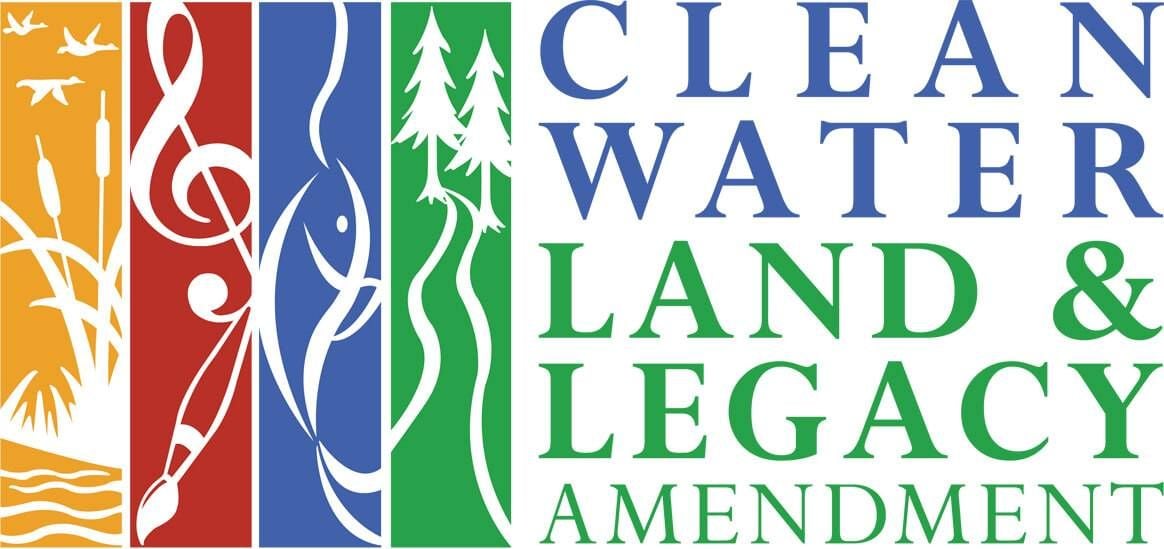
This story is made possible by the Arts and Cultural Heritage Fund and the citizens of Minnesota.
As Minnesotans looks for ways to show their support for healthcare workers on the front lines of the COVID-19 pandemic, we took a look back in time to celebrate the contributions that four women – all named Ruth – made to the state’s public health system.
Just 39 words in length, the 19th Amendment to the U.S. Constitution gave women the right to vote when it was passed on June 4, 1919 and enacted on August 26, 1920 – but its passage was fraught with decades of legal challenges and intense demonstrations in which women activists sometimes put their lives directly on the knife’s edge. Explore a timeline contributions of Minnesota women to the passage of the 19th Amendment.
